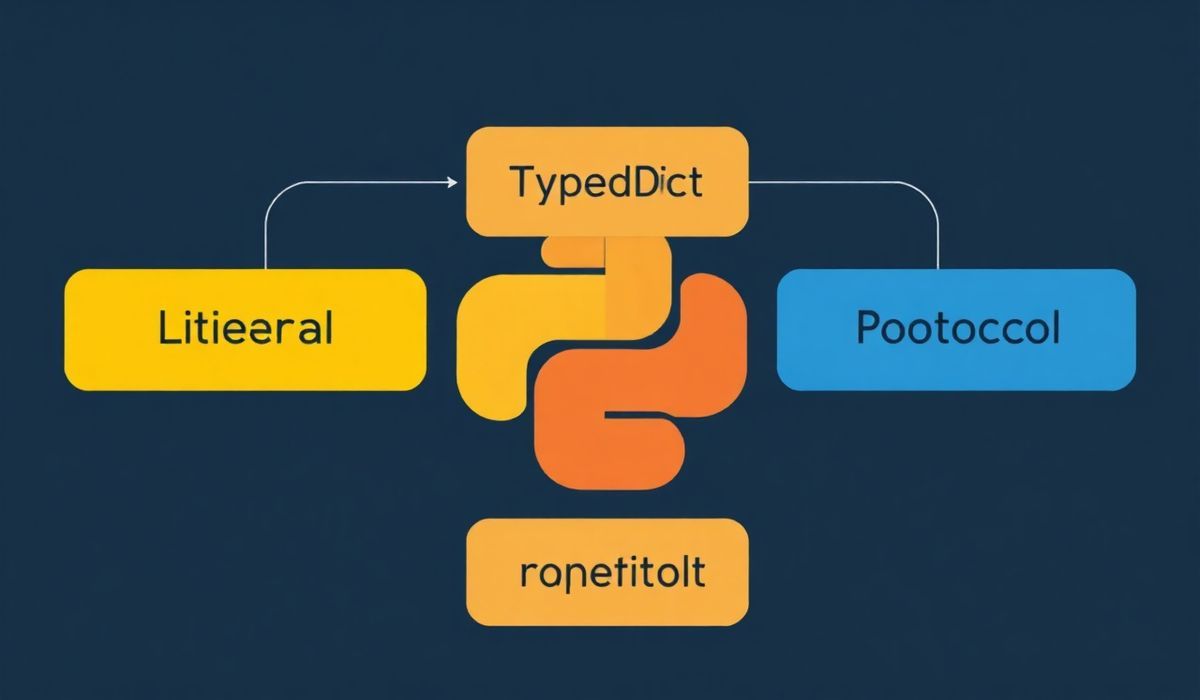Comprehensive Guide to OData2 for API Integration
OData (Open Data Protocol) is a standard protocol for creating and consuming data. It is particularly useful for API integration, facilitating the seamless exchange of data. This guide provides an introduction to OData2 and explains several useful APIs with examples, including how to use OData2 in an application.
Introduction to OData2
OData2 is the second version of the OData protocol designed to make data accessible over the internet using standard technologies such as HTTP, XML, and JSON. It allows for querying and updating data through RESTful web services.
OData2 API Examples
Below are some common OData2 API methods along with example code snippets to help you get started:
1. Retrieve Data (GET)
GET /odata/Products HTTP/1.1
Host: example.com
This API retrieves a list of products from an OData service.
2. Retrieve Single Item (GET)
GET /odata/Products(1) HTTP/1.1
Host: example.com
This API fetches a single product by its ID.
3. Create New Item (POST)
POST /odata/Products HTTP/1.1
Host: example.com
Content-Type: application/json
{
"Name": "New Product",
"Price": 29.99,
"Category": "Electronics"
}
This API creates a new product in the OData service.
4. Update Existing Item (PUT)
PUT /odata/Products(1) HTTP/1.1
Host: example.com
Content-Type: application/json
{
"Name": "Updated Product",
"Price": 24.99,
"Category": "Electronics"
}
This API updates an existing product in the OData service.
5. Delete Item (DELETE)
DELETE /odata/Products(1) HTTP/1.1
Host: example.com
This API deletes a product by its ID.
App Example Using OData2 APIs
Let’s build a simple example application that interacts with an OData service using the APIs shown above:
Step 1: Setting Up
First, create a new project and add necessary dependencies, such as an HTTP client library to make API requests.
Step 2: Fetching Data
async function fetchProducts() {
const response = await fetch('http://example.com/odata/Products');
const products = await response.json();
console.log(products);
}
fetchProducts();
This function fetches all products from the OData service and logs them to the console.
Step 3: Creating Data
async function createProduct() {
const response = await fetch('http://example.com/odata/Products', {
method: 'POST',
headers: {
'Content-Type': 'application/json'
},
body: JSON.stringify({
Name: 'New Product',
Price: 29.99,
Category: 'Electronics'
})
});
const newProduct = await response.json();
console.log('Product created:', newProduct);
}
createProduct();
This function creates a new product in the OData service.
Step 4: Updating Data
async function updateProduct(productId) {
const response = await fetch(`http://example.com/odata/Products(${productId})`, {
method: 'PUT',
headers: {
'Content-Type': 'application/json'
},
body: JSON.stringify({
Name: 'Updated Product',
Price: 24.99,
Category: 'Electronics'
})
});
const updatedProduct = await response.json();
console.log('Product updated:', updatedProduct);
}
updateProduct(1);
Use this function to update an existing product identified by its ID.
Step 5: Deleting Data
async function deleteProduct(productId) {
const response = await fetch(`http://example.com/odata/Products(${productId})`, {
method: 'DELETE'
});
console.log('Product deleted:', productId);
}
deleteProduct(1);
This function deletes a product using its ID.
With these examples, you can see how to interact with an OData2 service using JavaScript, making CRUD operations straightforward.
Conclusion
OData2 simplifies API integration, providing a consistent way to query and manipulate data. By following the examples provided, you can easily integrate OData2 into your own applications.
Hash: e5eb2fcf902e8c1fcd91234d977603ccdee271b2f62af4f190eb2848518f68a3




